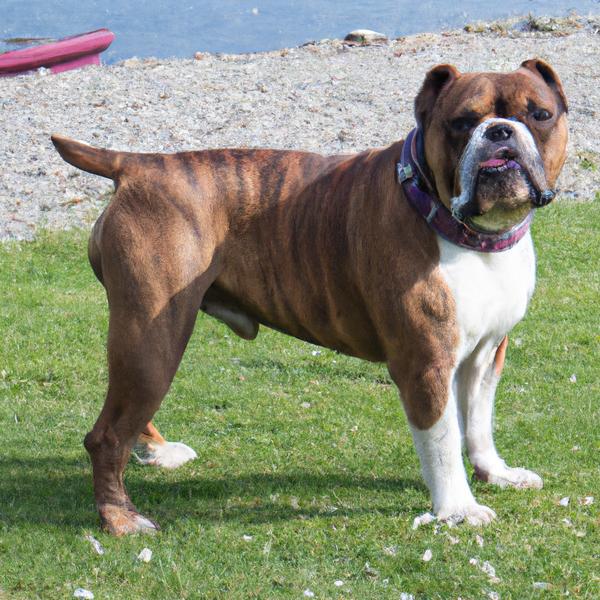Bulloxer vs. Australian Boxherd: Breed Differences and Similarities
Hypoallergenic
Are Bulloxers or Australian Boxherds hypoallergenic, or neither?
Unfortunately, neither Bulloxer nor Australian Boxherd are hypoallergenic, which may not make them the best choice for dog lovers who suffer from pet allergies.
Temperament
What are the personalities of Bulloxer and Australian Boxherd dogs?
Playful
Loving
Energetic
Alert
Courageous
Intelligent
Confident
Friendly
Affectionate
Loyal
Gentle
Going
Social
Fearless
Brave
Bright
Active
Playful
Loving
Energetic
Protective
Intelligent
Confident
Friendly
Affectionate
Loyal
Fearless
Good-natured
Brave
Bright
Shedding Level
Do Bulloxers shed more than Australian Boxherds, or which breed sheds more, Bulloxers or Australian Boxherds?
Bulloxer or Australian Boxherd dogs are not heavy shedders, but they will lose a significant amount of hair each year. To decrease the amount of shedding, you can regularly brush your Bulloxer or Australian Boxherd. This will remove loose hair and keep their coat growing in the same direction.
Watchdog Ability
Which dog breed makes a better watchdog, the Bulloxer or Australian Boxherd?
Bulloxers aren't great guard dogs; they tend to just watch without taking action.
Avoid Australian Boxherds as watchdogs - they're not effective.
Ancestry
What are the origins of Bulloxer and Australian Boxherd breeds?
Boxer and American Bulldog
Boxer, Australian Shepherd
Breed recognition
Which kennel clubs recognize/register Bulloxer and Australian Boxherd?
ACHC = American Canine Hybrid Club
DBR = Designer Breed Registry
DDKC = Designer Dogs Kennel Club
DRA = Dog Registry of America, Inc.
IDCR = International Designer Canine Registry®
DRA = Dog Registry of America, Inc.
Date of Birth
When were Bulloxer and Australian Boxherd breeds first developed?
Unknown
Litter Size
What is the usual litter size for Bulloxer and Australian Boxherd?
A Bulloxer can have a litter of 7-14 puppies on average. However, it's worth noting that the size of the litters can vary greatly. Factors that can influence litter size include the health of the mother, breeding history, and genetics.
An Australian Boxherd can have a litter of 6-9 puppies on average. However, it's worth noting that the size of the litters can vary greatly. Factors that can influence litter size include the health of the mother, breeding history, and genetics.
Adaptability
Bulloxers are known for their adaptability and can adjust well to different environments and lifestyle changes.
Australian Boxherds are highly adaptable and versatile, making them excellent companions for families and individuals of all lifestyles.
Health Issues
Between Bulloxer and Australian Boxherd, which breed is more prone to health problems?
Bulloxer and Australian Boxherd breeds are generally considered to be healthy. However, like all breeds, they are susceptible to certain health issues and it is important to keep an eye out for them and address them with your veterinarian as needed.
Major Concerns
What are the major health concerns for Bulloxer and Australian Boxherd breeds?
Bloat
Cardiomyopathy
Hip Dysplasia
Subvalvular Aortic Stenosis
Collie Eye Anomaly
Minor Concerns
What minor health issues should be kept in mind when owning Bulloxer and Australian Boxherd?
Colitis
Cataracts
Epilepsy
Bloat
Nasal Solar Dermatitis
Pelger - Huet Syndrome
Iris Coloboma
Hypothyroidism
Occasional Tests
What occasional tests are recommended for Bulloxer and Australian Boxherd breeds?
Blood
X-Rays
Physical Examination
Eye
Blood
Blood Test
Heart
Skeletal
Skin Scraping
X-Rays
Energy
How do the energy levels of Bulloxers and Australian Boxherds compare?
Bulloxers are suitable for those with a balanced lifestyle as they have an average energy level.
Australian Boxherds' high energy levels make them unsuitable for a low-key dog, choose accordingly.
Social Needs
Bulloxer vs Australian Boxherd social needs comparison
Bulloxer and Australian Boxherd have very high social needs. These needs include regular mental and physical stimulation, a job or purpose, and companionship. They thrive in environments where they have a lot of interaction with humans and other dogs.
Exercise Needed
Bulloxer vs Australian Boxherd exercise need comparison.
The Bulloxer and Australian Boxherd breeds are breeds that require minimal physical activity to maintain a healthy lifestyle. They are ideal for people with busy lifestyles, elderly people or those who have limited mobility. They also make great pets for those who live in small apartments or have limited outdoor space.
Sleeping Need
Which of the two sleeps the most/least: Bulloxer or Australian Boxherd?
Bulloxers have moderate energy levels and typical sleep patterns of 12-14 hours per day.
Australian Boxherds are active and require sufficient sleep to stay healthy.
Tendency to Bark
Do Bulloxers or Australian Boxherds bark more/less frequently?
Bulloxer and Australian Boxherds are known to bark very little or not at all. They tend to be very quiet and do not bark excessively. They may only bark in specific situations, such as when they need to alert their owner to something important or when they are in distress.
Mouthiness
Mouthiness Comparison: Bulloxer vs Australian Boxherd?
Roaming urge
Bulloxer vs Labrador: Running away tendency?
Prey Drive
Bulloxer or Australian Boxherd - which breed has a higher level of prey drive?
Past times
What are some enjoyable activities and ways to keep Bulloxer and Australian Boxherd entertained?
Road trip, Swim, Cuddles, Wrestling, Loves to run, Digging, Dog Parks, Walks, Tug-of-war, Bath time, Ball, Fetch, Running, Hike, Walk, Cuddling, Swimming, Playing, Being adorable, Playing in sand, Hide and seek, Car rides, Hiking, Rough play, Water Activites, Zummies, Boxing, Sunbathing, Frisbee, Camping
Tug-of-war, Walk, Run, Hide & Seek, Frisbee, Trick, Cuddles, Nap, Swim, Running, Play, Play keep away, Fetch, Training, Walks, Toys
Tolerance of being left alone
Grooming
Which breed is easier to maintain in terms of grooming, Bulloxers or Australian Boxherds?
The Bulloxer is a low-maintenance breed that doesn't require much grooming.
The Australian Boxherd has low grooming needs and is easy to maintain.
Intelligence
Comparing Intelligence: Bulloxers vs Australian Boxherds
Bulloxer and Australian Boxherd have average obedience intelligence, but they're also independent thinkers. This breed is known for having an exceptionally high IQ, which means they may get into trouble if left to their own devices.
Sensitivity Level
How do Bulloxer and Australian Boxherd compare in sensitivity?
This breed is sensitive and requires gentle handling and a calm home environment.
This breed is sensitive to its environment and best suited for patient and understanding families with a consistent routine.
Affection Dependance
Which is the more affectionate dog breed: Bulloxer vs Australian Boxherd?
Apartment Friendly
Which breed is more apartment-friendly: Bulloxer or Australian Boxherd?
Bulloxer and Australian Boxherd are apartment-friendly dog breeds. They can do perfectly well in apartments providing they are sufficiently exercised and taken out and about as part of their owner's daily lifestyle.
Child Friendly
Do Bulloxers or Australian Boxherds have a friendlier temperament towards children?
Bulloxers are good with kids if socialized and trained from a young age.
Australian Boxherds make excellent family pets for kids due to their gentle, protective nature and calm temperament.
Senior-friendly
Which dog is more suitable as a pet for the elderly - Bulloxer or Australian Boxherd?
Cat Friendly
Do Bulloxer or Australian Boxherd breeds have a better compatibility with cats?
Bulloxers and Australian Boxherds are an average cat friendly dog. They do well with cats, even more if raised together from puppyhood.
Dog Friendly
Which breed is more sociable with other dogs: Bulloxer or Australian Boxherd?
{Bulloxers and Australian Boxherds are average friendly towards other dogs. If they are raised with other dogs, they are likely to get along with them. And, if they are socialized properly from a young age, they will usually be great with other dogs.
Pet friendly
How do Bulloxer or Australian Boxherd dogs interact with other pets?
Stranger Friendly
Which breed is more friendly with strangers: Bulloxer or Australian Boxherd?
Bulloxer and Australian Boxherd are average friendly around strangers. They can be wary around strangers and a little standoffish, so early socialization is key to ensure they are comfortable around new people.
Playfulness
Which breed is more playful between Bulloxer and Australian Boxherd?
Bulloxers are a playful breed that needs daily playtime to be happy.
Australian Boxherds are very playful, so adopting an older one might be a better option for a more relaxed experience.
Trainability
How do the trainability levels of Bulloxers and Australian Boxherds compare?
Bulloxers are usually easy to train but require consistency to fully obey commands.
Australian Boxherds are popular for their ease of training and quick learning ability.
Compare Bulloxer with other breeds
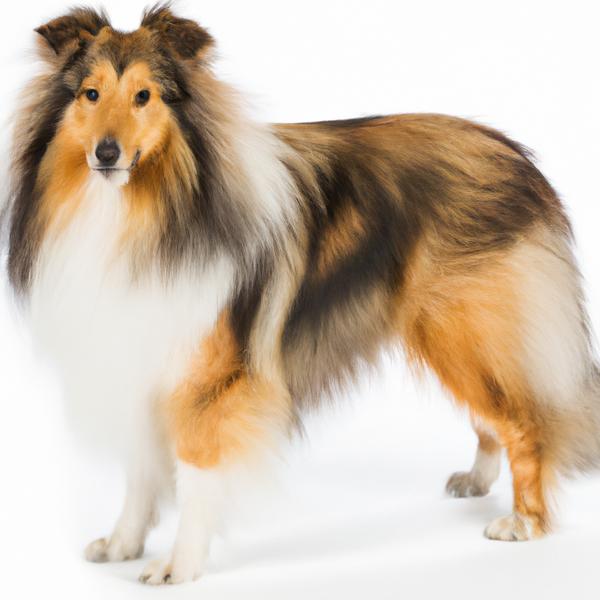
Shelestie
Bulloxer vs Shelestie

Papichon
Bulloxer vs Papichon
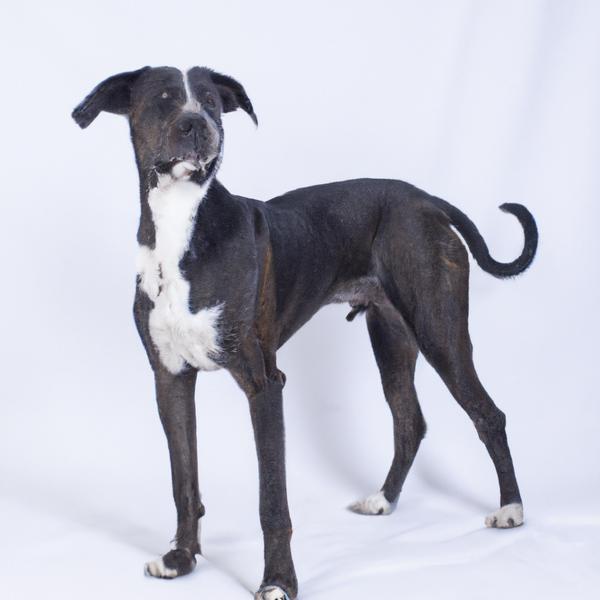
Corpin
Bulloxer vs Corpin
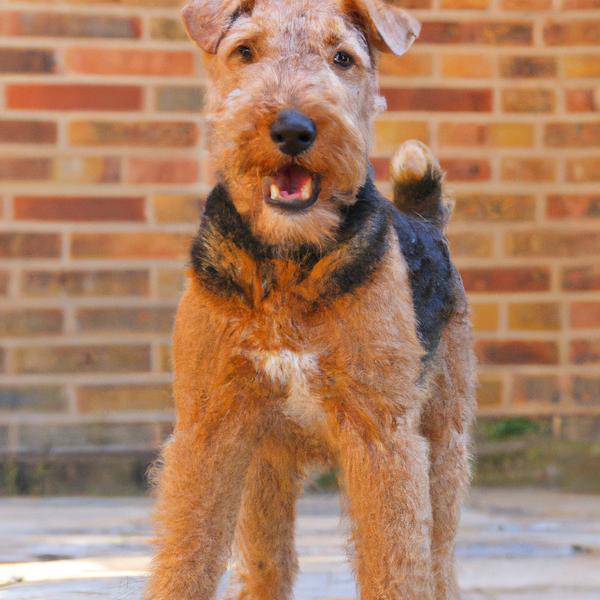
Lakeland Terrier
Bulloxer vs Lakeland Terrier
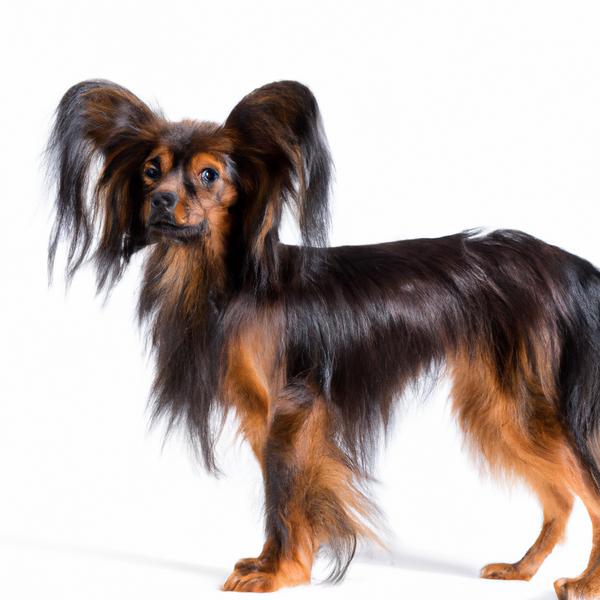
English Toy Spanese
Bulloxer vs English Toy Spanese
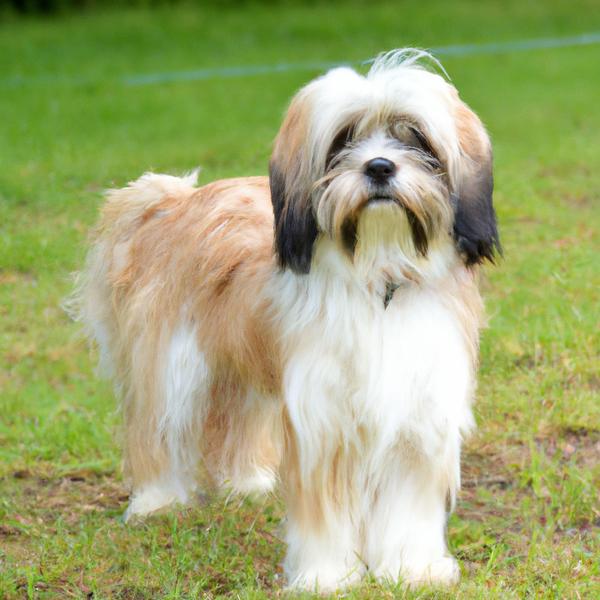
Malton
Bulloxer vs Malton
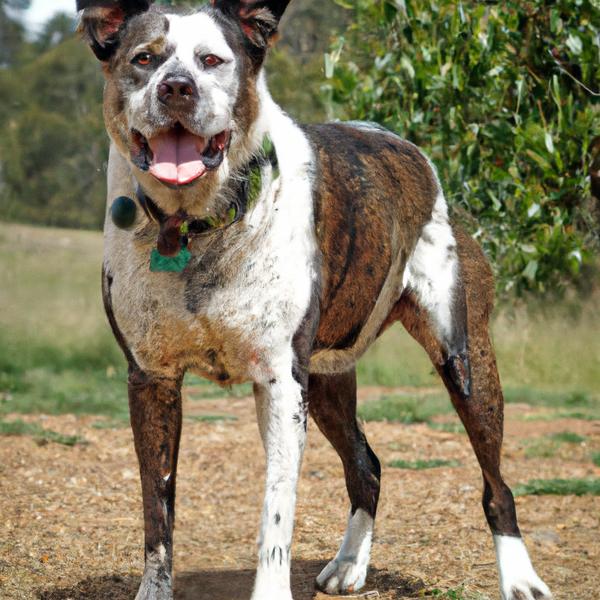
Australian Boxherd
Bulloxer vs Australian Boxherd
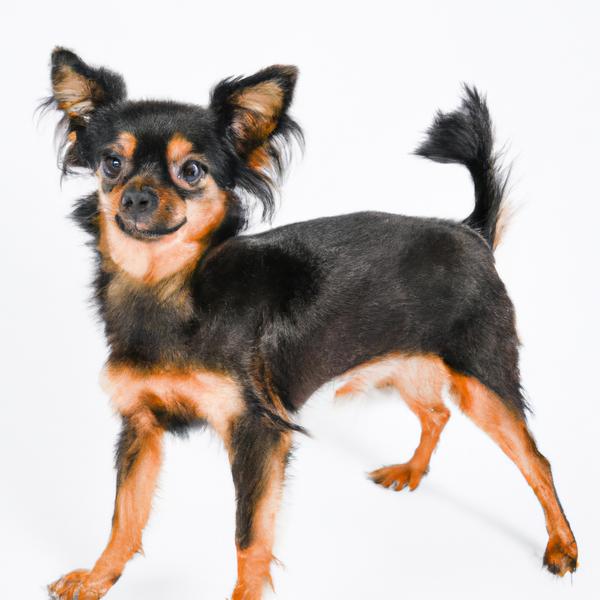
Brusselranian
Bulloxer vs Brusselranian
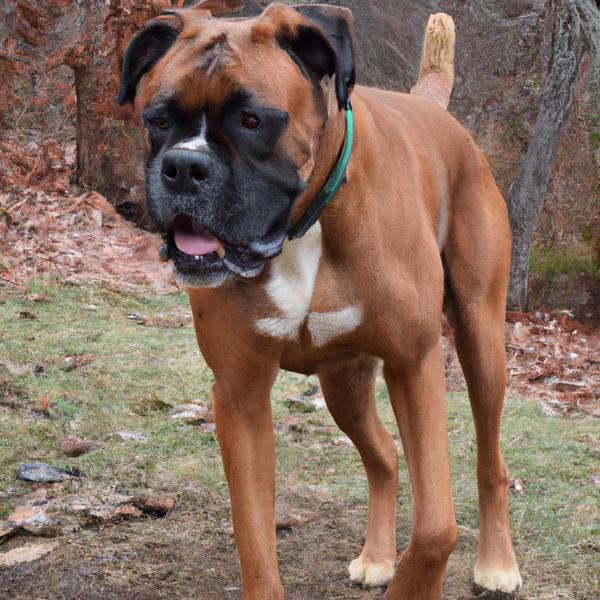
Boxer Shepherd
Bulloxer vs Boxer Shepherd
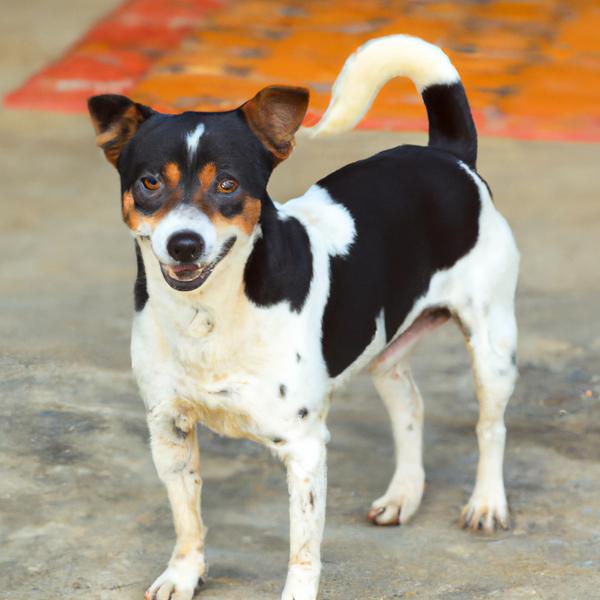
China Jack
Bulloxer vs China Jack
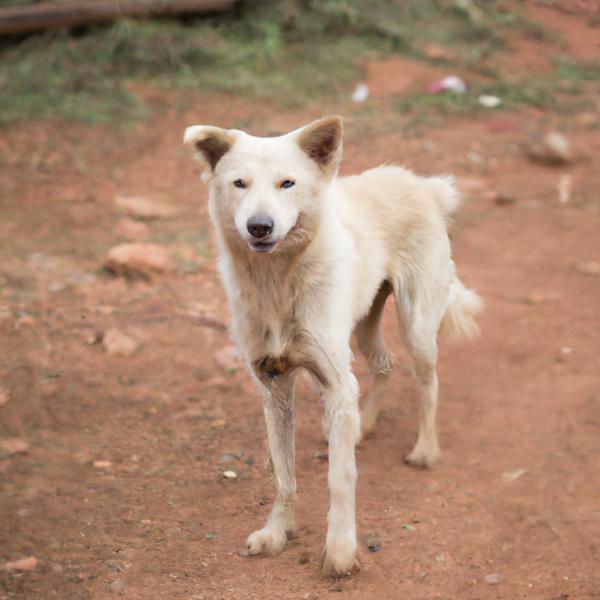
Wire Foxker
Bulloxer vs Wire Foxker
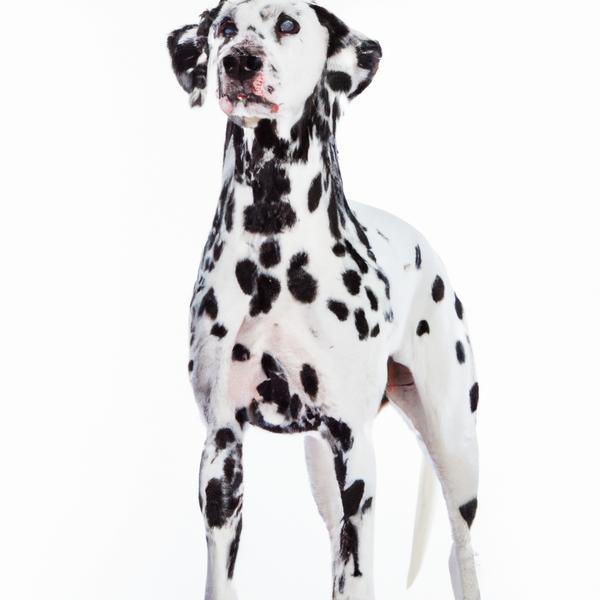
Dalmatian
Bulloxer vs Dalmatian
